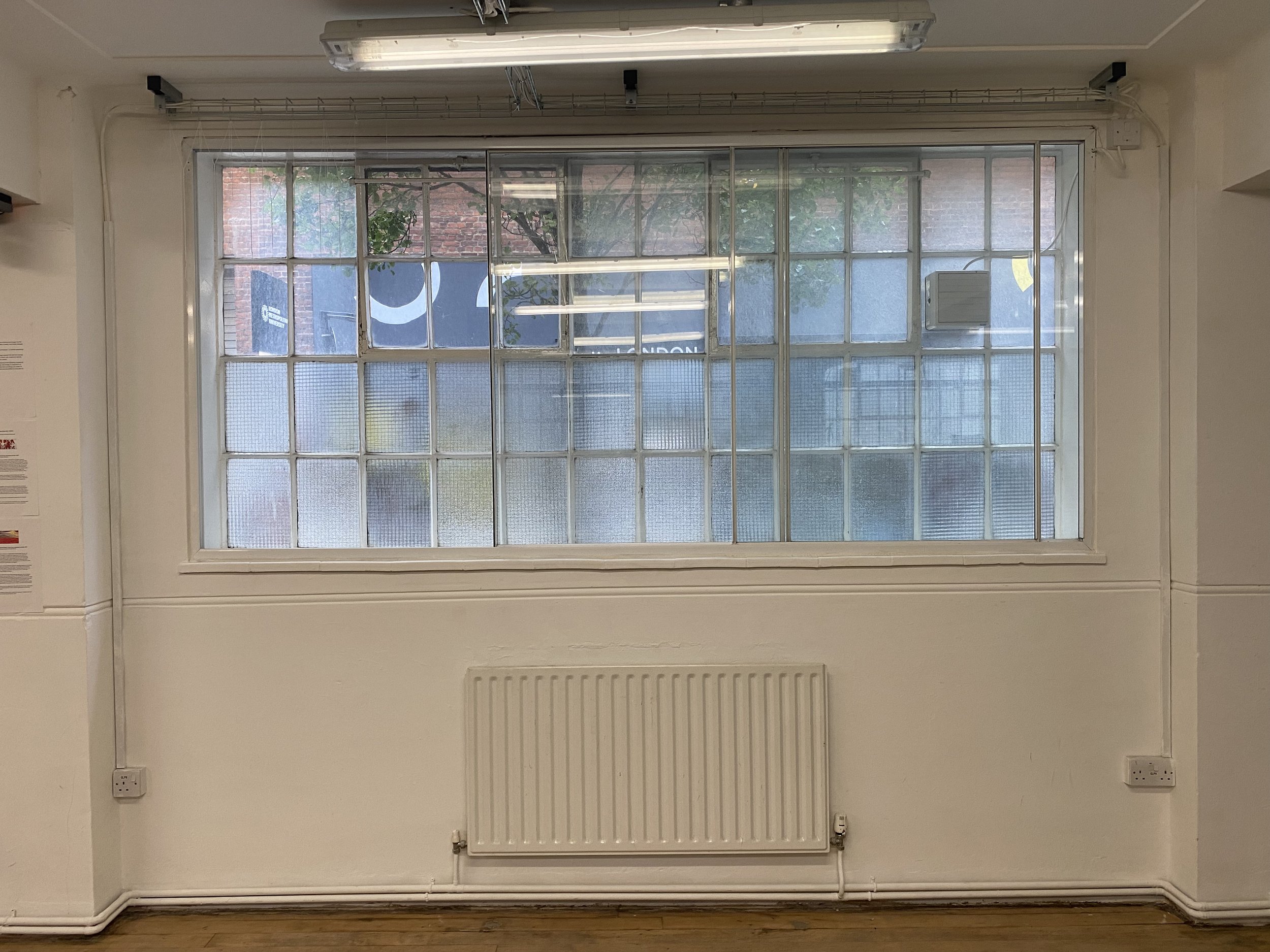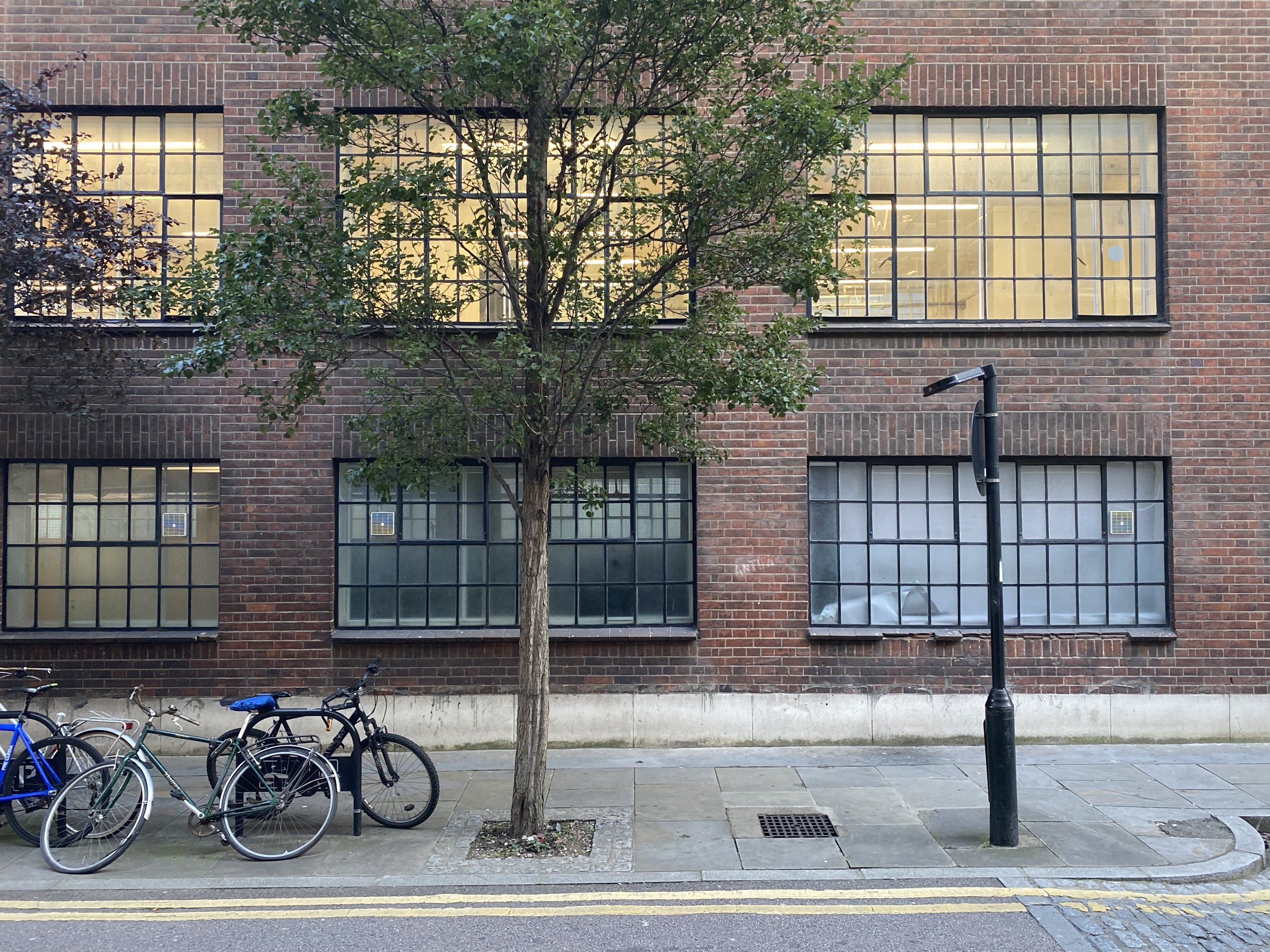Studio diaries.
November 2021, an abandoned basement becomes a temporary workspace.
Now that my Major Project proposal is submitted I can start to see how my practice is gearing up to making it happen. Trying to tie together what I will finally produce, is deeply enmeshed in my process of making on a daily basis. Having decided on a piece I call Reckoner II. (see fig. 1) It seems hard to carry on experimenting in other areas such as ceramics and painting as I am finding it difficult to tie in each practice to my project. Either way, what is important is the space that my practice needs to facilitate making in process. Because I am always thinking of making, doing, and responding to those two activities in real time, it’s important I am surrounded by ‘stuff’ I can respond to. My method, at times is deeply spontaneous and capricious. I can change a work in mid conception or production because of an intuitive reaction to the materials and how I counter the process.
Fig. 1, Reckoner II 2021, Reckoner II, is a pre-visualisation of a conceptual installation currently in its proposal stage. Suspended in the air are three concrete sculptures. Each sculpture entombs a fully functional fluorescent bulb. On the ground is a wooden plinth. Mounted in this part of the display, are three copper rods. The copper rods contain live current. The presence or threat contained within this whole work is hidden or out of reach. This ‘presence’ is symbolic of that which, in today’s contemporary life, has the human race at risk, or at least for some, routes to safety, are presented with barriers.
Calcutta Annex Basement Dec 2021, The space to make work also becomes a place to develop ideas and try things out.
Calcutta Annex Basement Dec 2021, A cleaned up space with a dark space to test Video Installation works.
Therefore, I am shifting some of my studio practice from the university to my studio in Shoreditch. I will continue to use my space in the ceramics studio which really grounds my making process. What I get from the ceramics studio - working with my peers - is a way to communicate my process. I would lose this unique attribute of university life were I to isolate myself in a remote space. Sharing ideas with peers and articulating our methods is invaluable. Yet, and this is important, for me to really create, I must, at times, be free of distractions too. It is through discussion and studio life I am able to expand on what it is I think my work is doing. Feedback from peers, finding out what they think is successful in what I am producing goes a long way to helping underpin the theoretical side of my practice. A good example is the maquettes I made for two possible major project ideas I was thinking of producing at one time earlier in the year.
Please click on the images and then hover the cursor over the image for further evaluation and commentary.
Reflecting on what has been working goes hand in hand with the making and experimenting in the university studio space. Having a diverse, multi-disciplinary practice has me come into contact with many ways of making, presenting and studying how things appear in a space. I find that some work I make doesn’t truly show itself until it takes residency in the correct ‘setting’. There are times when the clutter of the studio and the apparatus of making diffuse the potency of a work. When I am making ceramics, it’s hard to see them as artworks in amongst the messy work space, as well as the surrounds of other students artwork. The studio, the space where works are made are not the correct setting for a work, because display is just as important, and the studio can detract from the essence, by leading to many literal clues to the making process. That is not to say that a clinical white cube setting is the only setting, but I believe that a clear divide where a work is made and where a work is shown is important. Take fig. 2a, 2b, 2c and 2d for example.
Fig. 2a A ceramic firing that went completely wrong due to too much oxide compound being in the glaze.
Fig 2b, The same misfired works presented as an exploration into ‘Strange and Unfamiliar Terrains’.
Fig. 2c Adding a mirrored display cabinet underpins the arrangement, immediately removing the accidental element of production.
Fig. 2d An exploration into the fissure. Divisions and separate locations become the context of this work.
In the same way that Walter Benjamin argued that '“The original artwork, when faced with a barrage of reproductions, had lost its Aura” [1] I am proposing that the artwork when to closely enmeshed with its ‘production’, in the same way, loses its aura also. The quote just mentioned is taken from the book Situation Aesthetics by Krisi Peltomäki, a study of the works of Michael Asher. In as much as Asher brings into question production “mediated by extensive histories” [2] It’s hard to seperate the artistic labour of production by the student from the work mediated through institutional metrics of evaluation and course criteria. So to question the work produced in an unmediated way is to present the work outside of the institutional setting and find spaces that help an audience come into contact with the experience of the artwork alone on terms that free it of the educational valutative benchmarks. What the above work rejects in its presentation is the binary corrolare of right and wrong. If the institutional conditions of viewership are contracted in reflection, then regardless of whether the work succeeded in the making is irrelevant if the result is lensed on a completely different footing. One that follows the mistake all the way through to presentation on new terms of experience in viewership. What didn’t work in the intention is given in the materiality and siting of the artistic offering on display.
Further research and post-thoughts.
Below is an example of how works in the right setting give a viewer a unique chance to develop their own relationship with the work.
Two paintings Blackstar (2016) And Self Portrait (2021) in my new studio space in east London.
The Same two paintings in a gallery setting. The relations of the space create a chance for the viewer to engage in a critical distance to the work.
[1] Krisi Peltomäki, Situation Aesthetics: The work of Michael Asher, (Cambridge MA: MIT Press, 2010) , p. 95 – 96
[2] Ibid, p. 103















